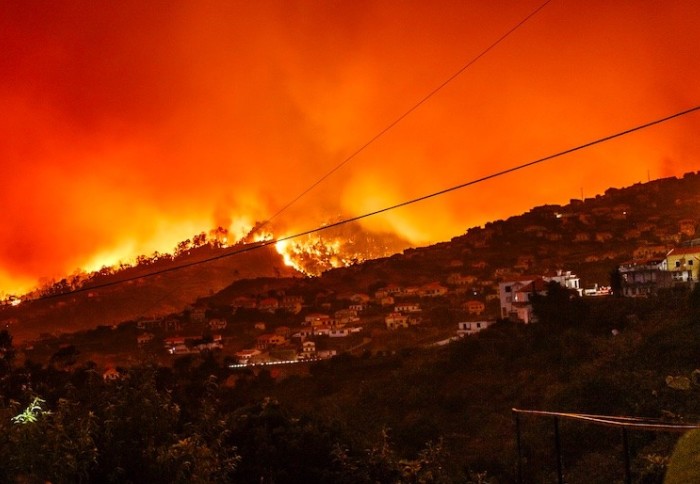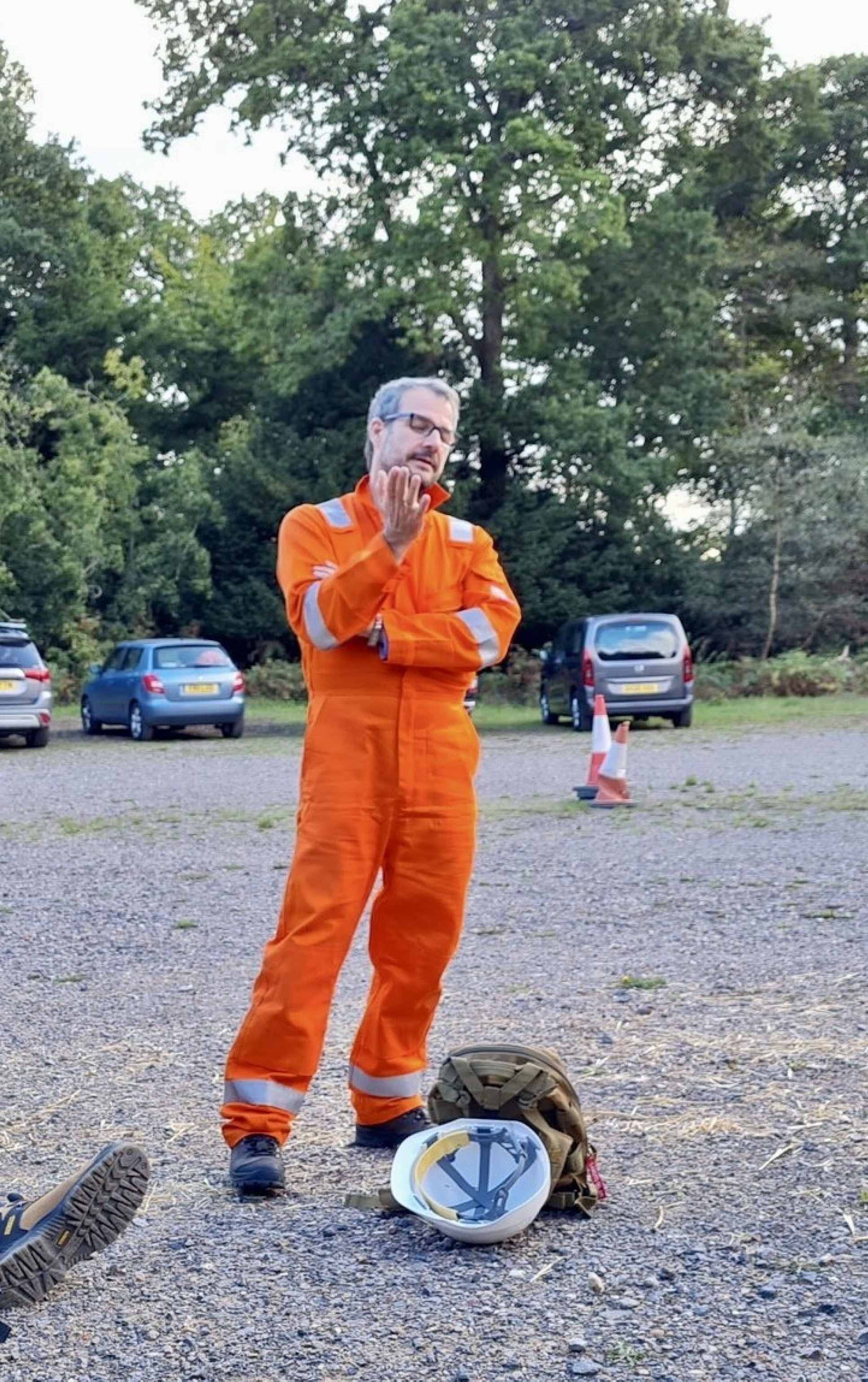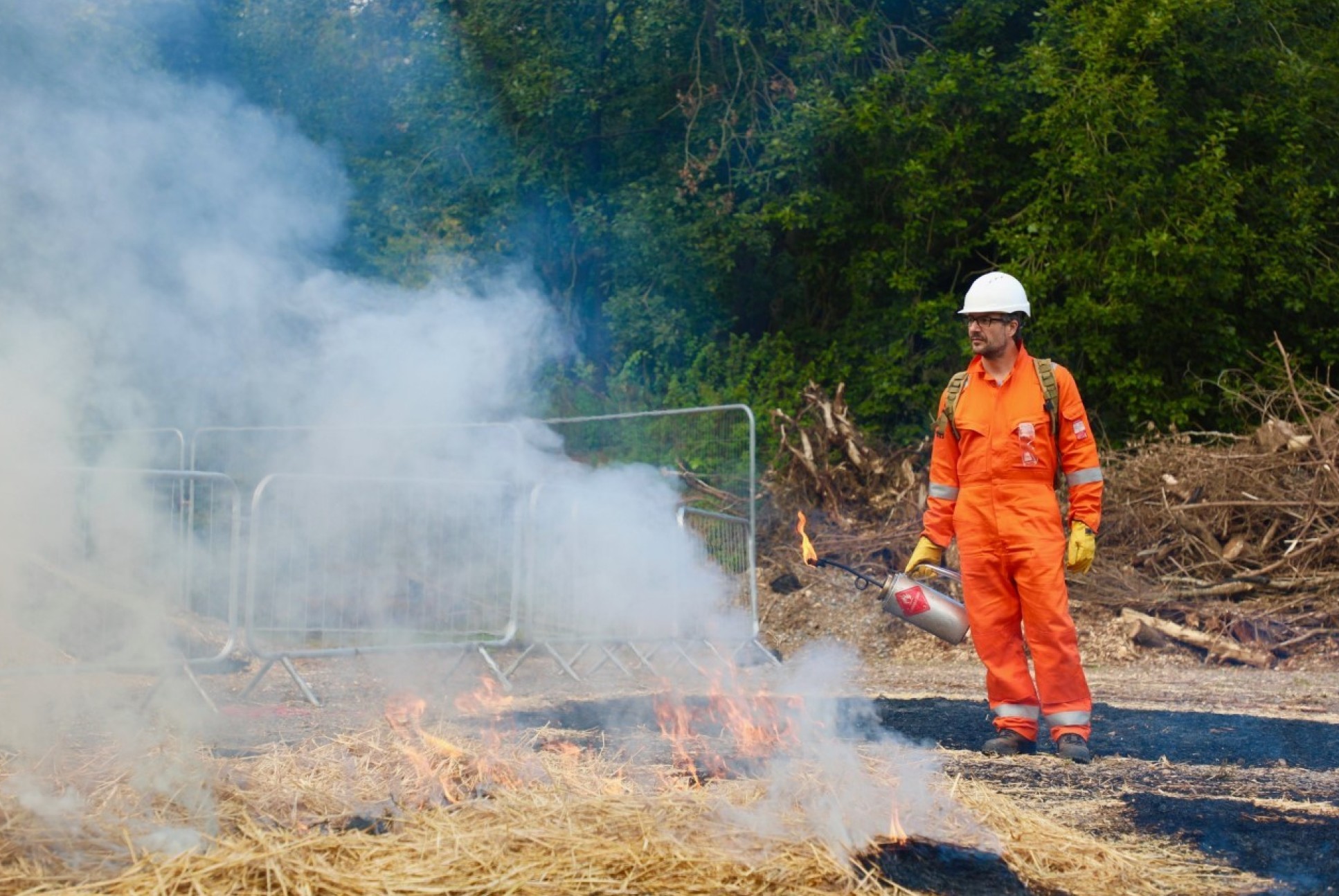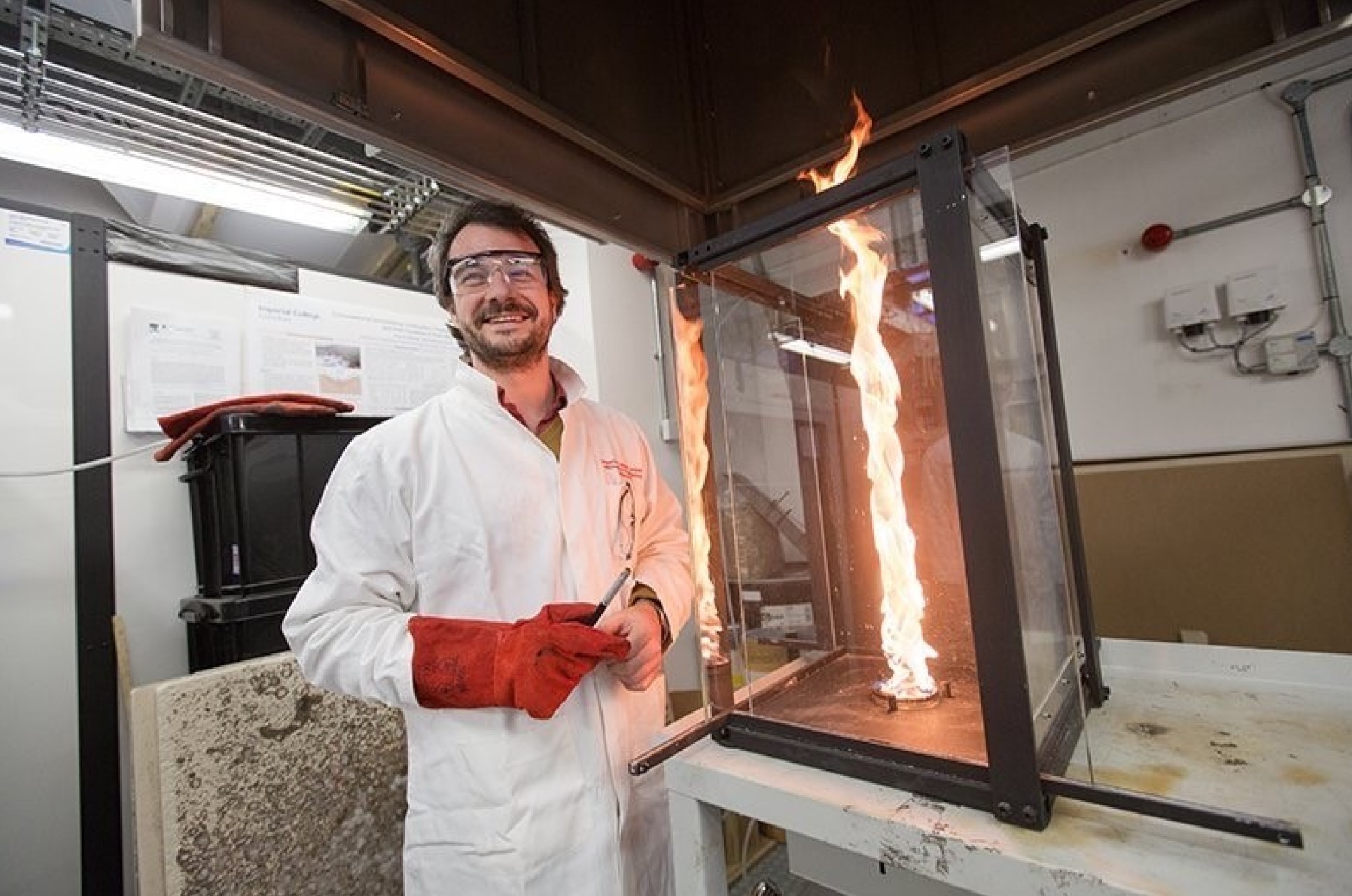Wildfires are becoming more dangerous – here’s why

Wildfires in Greece
From London to the Arctic, wildfires are an increasing threat we have to understand better, says Professor Guillermo Rein.
Wildfires are getting bigger and more intense – and are burning in places never seen before. A big contributing factor is global warming drying vegetation and soil out, and creating more combustible material.
But wildfire science has only relatively recently become a part of climate change discussions and science.
To find out more, we spoke to Professor Guillermo Rein, Professor of Fire Science in the Leverhulme Centre for Wildfires, Science and Society.

How is climate change influencing wildfires?
Not all fires are bad – we need wildfires in our ecosystems and there has always been a significant number of wildfires on every continent except Antartica. Now though, we are seeing an increase in the size and severity of wildfires. When a fire is very large it can affect whole regions and ecosystems – it impacts more people and causes more damage. These are the bad sort of wildfires.
What will be the impact of these fires in the future?
I don’t know one single fire scientist who is not concerned about what is coming. We are bracing ourselves for more frequent, larger fires, more evacuations, more damage, for lives lost, more ecosystems damaged, and more emissions, and the fire service very stressed.
It’s very scary to realise there is this force of nature that is growing and we don’t know what it is and we don’t really know how to stop it.

Is the location of wildfires changing?
Yes. For a very long time we’ve been saying to Northern Europe, brace yourself, because the fires we’ve been seeing in Southern Europe and California are coming here, and it suddenly happened this summer (2022) with the heatwave.
London fire brigade, one of the best brigades in the world, saw its busiest day since the second world war. Suddenly everything became flammable because everything was losing water and things like a cigarette, glass, an engine, became ignition sources.
We are seeing a lot of fires in places we hardly ever saw fires before. The most important one, which everybody needs to talk about, is fire in the Arctic circle. We are seeing frequent occurrences of wildfires, every summer, and we believe this is a clear sign of climate change.
Fires in the Arctic?! Tell us more
We think that global warming is making soils and vegetation in the Arctic warmer, which dries it out and makes it more flammable.
One strange behaviour we’ve seen, is soil itself burning. As the permafrost melts, it exposes organic matter (vegetation), and this can burn. It burns without a flame, but with a lot of smoke and very slowly.
Nothing we have learnt about how to deal with flames applies to these fire. They’re more damaging to the environment, the emissions are extremely toxic as they are very rich in carbon compounds, so when they burn they cause a positive feedback, accelerating climate change.

Are some countries better at handling wildfires than others?
Hotter countries have been dealing with wildfires for longer, and so they have developed their suppression layers. They need to work more on the prevention layer though, through better forest management and awareness of fires in communities. There is a lot to learn from what is happening in the Mediterranean.
I would like to say that California is a good example to learn from, but the situation there is so grave that they themselves have no time to teach the rest of the world. Australia is very good at communicating what it has learnt, and we are also learning from South Africa, North Africa, Chile, and Brazil. The EU is a good example of how governments are starting to be informed by science when dealing with fires.
Which fires have had the biggest impact on science?
The largest fires on earth are the peatlands of Indonesia and Malaysia. Peat is carbon stored by nature in the soil, and it dries out it becomes extremely flammable. It happens every year and they are the largest fires on earth – they burn for months and cannot be put out.
We study these fires on a weekly basis in the lab, and go every two years to Indonesia to study them in the field.

How can societies adapt to the increased threat from fires?
As engineers, we have developed computer models which help to predict when a wildfire might occur. We offer these to communities and say – if you see flames crossing a certain perimeter, you have to evacuate.
There are a lot of measures that can be taken before this. The first layer is prevention – this needs awareness, training, and the removal of combustible material around communities.
The next layer is detection of fire, from a watch tower, people around, people on a hill, satellites, helicopters etc. We can then hopefully stop it spreading with fire breaks, fuel breaks, maybe a river or road. If this doesn’t stop it, firefighters can create fire breaks in real time.
Knowing when to evacuate is extremely important. In the 2018 wildfires in Mati, Greece, there was an order to evacuate, but it was too late and 80 people died. This happens every year in the Mediterranean, and every year in California now.

How optimistic are you about our chances of changing things?
I’m very optimistic. Humanity has always been changing our way of life, our technologies and our environment. I am convinced we will continue changing for the good, but with some hiccups. We will need to change faster though.
Only about five years ago did climate scientists start to take more notice of fire science – now every discussion about climate change includes fires. Climate science still has a lot to learn about the field of wildfires.
Article text (excluding photos or graphics) © Imperial College London.
Photos and graphics subject to third party copyright used with permission or © Imperial College London.
Reporter
Jez Fredenburgh
The Grantham Institute for Climate Change